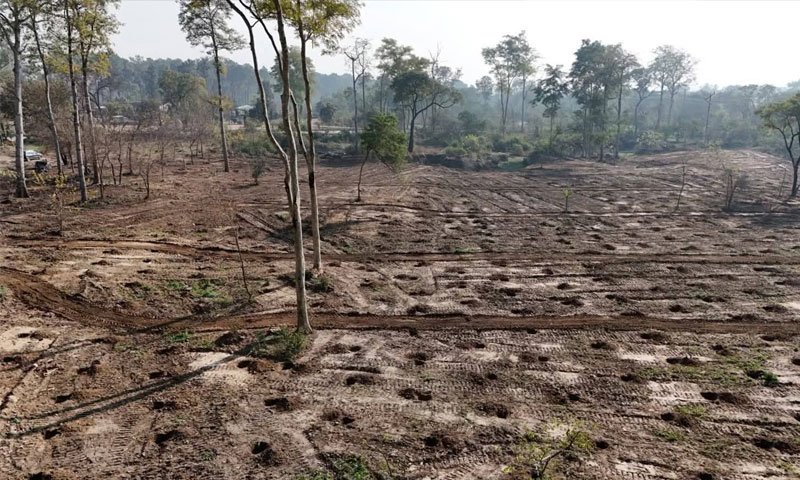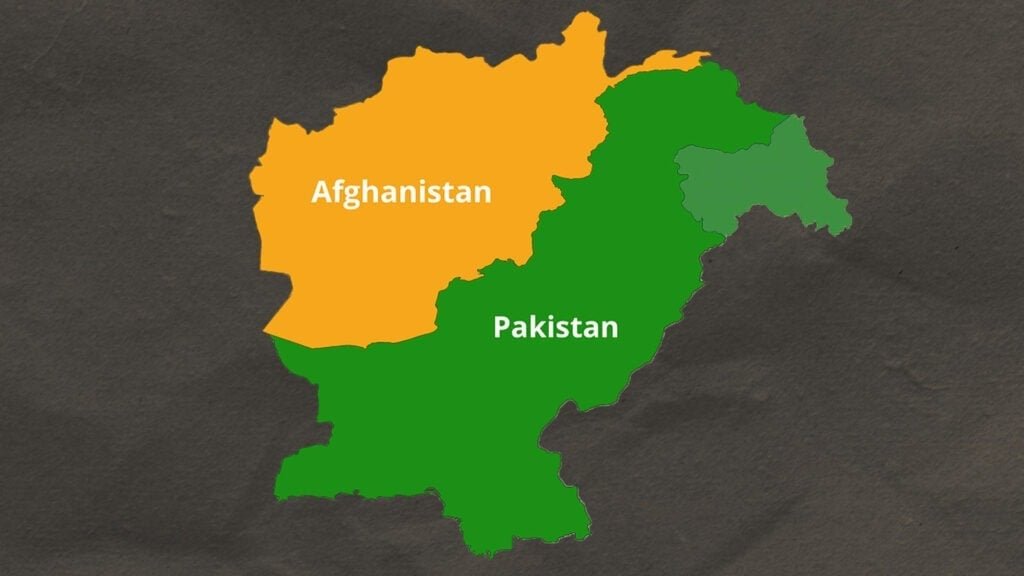Naveed Hussasin
Addressing the gender disparity in education in Pakistan requires a multifaceted and sustained approach at various levels. At the policy level, it is essential to strengthen legal frameworks and policies to promote gender equality in education. This includes measures to eliminate gender-based discrimination and the effective implementation of Article 25 of the constitution of Pakistan, which prohibits discrimination based on sex. Additionally, ensuring equal access to education and addressing barriers to girls’ retention and completion of education are imperative. This involves improving school infrastructure, engaging communities to challenge traditional gender norms, and implementing targeted interventions such as mentoring programs, scholarships, and vocational training initiatives for girls.
Community engagement is crucial in challenging traditional gender norms and fostering an environment supportive of girls’ education. Initiatives to raise awareness about the importance of girls’ education and to involve community leaders, parents, and local stakeholders in promoting gender equality in education are vital. By addressing and changing prevailing attitudes towards gender roles, communities can play a significant role in supporting girls’ education and creating an inclusive environment for all children.
At the individual level, empowering girls through education is pivotal. Providing girls with educational opportunities, mentorship, and support can significantly impact their educational attainment and future prospects. It is important to create safe and supportive learning environments that encourage girls to stay in school and pursue their academic goals. Additionally, efforts to provide access to sanitary facilities and address concerns about the safety and security of girls on their way to and from school and within the school environment are essential in ensuring that girls can attend school without fear or hindrance.
Bridging the gender gap in education necessitates collaborative efforts from government agencies, civil society organizations, and international partners. By working together to eliminate discrimination and create an enabling environment for gender equality, stakeholders can ensure that every child, regardless of gender, has the opportunity to fulfill their educational aspirations and contribute to society. This collaborative approach can involve the allocation of resources, the implementation of targeted programs, and the sharing of best practices to address gender disparity in education comprehensively.
Addressing gender disparity in education in Pakistan is a complex and deeply entrenched issue that demands comprehensive and sustained efforts. By tackling the root causes of disparity, investing in girls’ education, and fostering an enabling environment for gender equality, Pakistan can pave the way for a more equitable and prosperous future.
Education is universally acknowledged as a fundamental human right and a crucial tool for social and economic development. However, in Pakistan, gender disparity remains a significant challenge, particularly with regard to girls’ access to education. This article critically examines the multifaceted issues contributing to the gender gap in education in Pakistan and proposes comprehensive strategies to address this pressing concern.
Gender disparity in education in Pakistan is evident at various levels. Despite some progress over the past two decades, girls’ enrollment rates at primary, secondary, and tertiary levels continue to lag behind those of boys. This gap is perpetuated by cultural norms, financial constraints, and security concerns, which often dissuade families from sending their daughters to school. Moreover, the retention and completion of education among girls present another formidable challenge. Dropout rates among girls are notably higher compared to boys, attributed to factors such as early marriage, household responsibilities, lack of access to sanitary facilities, and gender-based violence. Additionally, the quality of education for girls is compromised, as they often encounter subpar learning environments, including overcrowded classrooms, poorly trained teachers, and inadequate facilities.
Several interrelated factors contribute to the gender gap in education in Pakistan. Traditional patriarchal norms dictate women’s primary role within the household, leading to a devaluation of girls’ education compared to boys’. Prevailing attitudes towards gender roles reinforce the perception that investing in girls’ education is less productive, further perpetuating the cycle of gender disparity. Poverty, a significant barrier to education, particularly affects girls, as families facing economic constraints may prioritize sending male children to school over females. Furthermore, concerns about the safety and security of girls, both on their way to and from school and within the school environment, serve as deterrents for parents, especially in light of rising cases of rape, harassment, and violence against girls in Pakistan.
The repercussions of gender disparity in education extend beyond individual families, significantly impacting the country’s overall economic development. Limited access to education deprives girls of opportunities for economic empowerment, perpetuating the cycle of poverty. In addition, the gender gap undermines Pakistan’s potential for inclusive and equitable social development, as educated women are more likely to make informed decisions about health and contribute to improved maternal and child health outcomes. Excluding girls from educational opportunities ultimately hinders the country’s progress in various indices, including health, economic participation, educational attainment, and political empowerment.
Addressing gender disparity in education in Pakistan requires sustained efforts at the policy, community, and individual levels. Strengthening legal frameworks and policies to promote gender equality in education is essential, including measures to eliminate gender-based discrimination. Implementing Article 25 of the constitution of Pakistan, which prohibits discrimination based on sex, is crucial. Moreover, ensuring equal access to education and addressing barriers to girls’ retention and completion of education are imperative. This involves improving school infrastructure, engaging communities to challenge traditional gender norms, and implementing targeted interventions, such as mentoring programs, scholarships, and vocational training initiatives for girls.
Bridging the gender gap in education necessitates collaborative efforts from government agencies, civil society organizations, and international partners. By working together to eliminate discrimination and create an enabling environment for gender equality, stakeholders can ensure that every child, regardless of gender, has the opportunity to fulfil their educational aspirations and contribute to society.
Therefore, addressing gender disparity in education in Pakistan is a complex and deeply entrenched issue that demands comprehensive and sustained efforts. By tackling the root causes of disparity, investing in girls’ education, and fostering an enabling environment for gender equality, Pakistan can pave the way for a more equitable and prosperous future.















